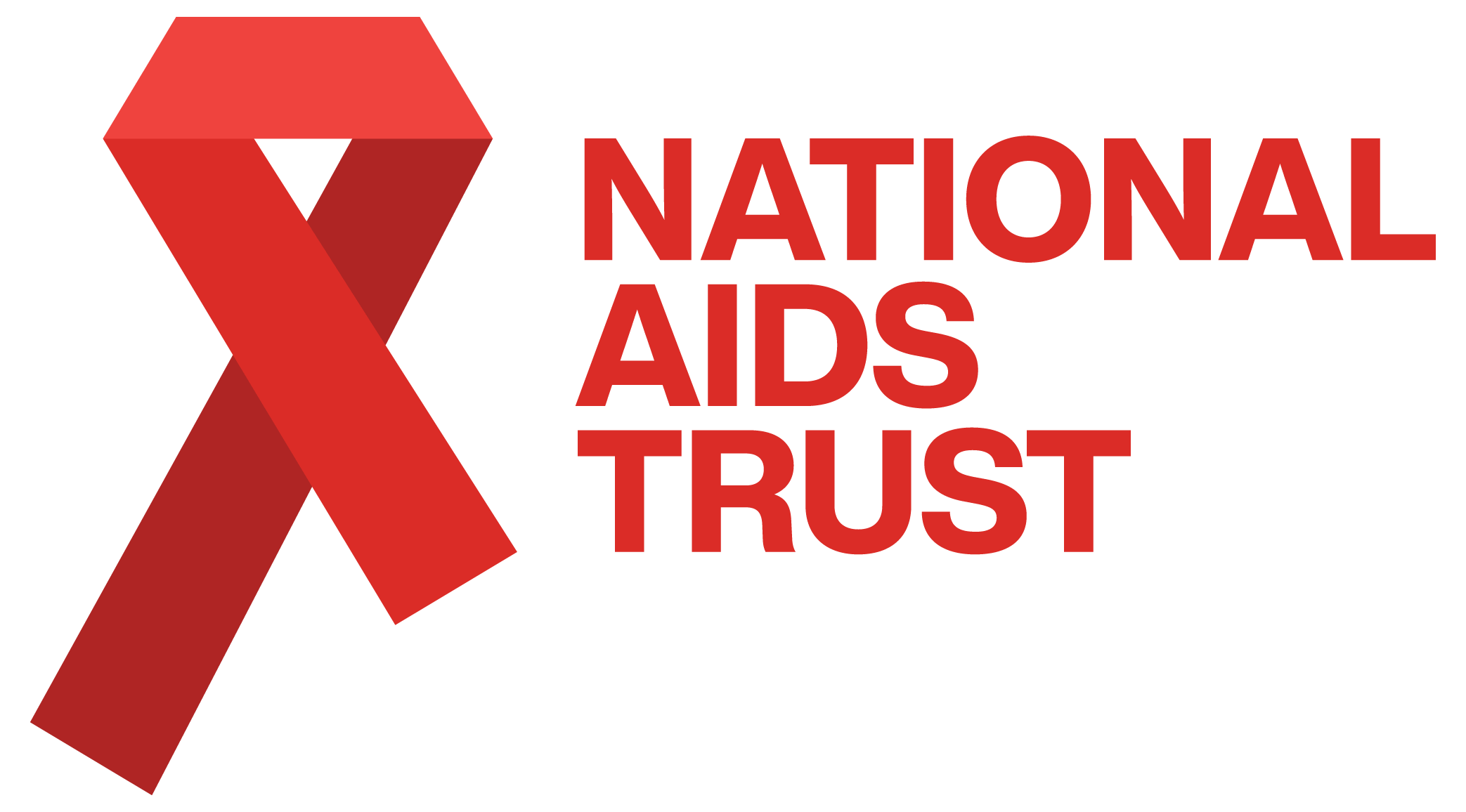Better, but not good enough: access to financial products for people with HIV

From the 1980s up until the early 2000s, it was nearly impossible for someone living with HIV to access insurance products, and they often struggled to access products linked to insurance, such as mortgages. For many gay and bisexual men (regardless of their HIV status), invasive "lifestyle" questionnaires, mandatory HIV testing, heavily-loaded premiums and a refusal to accept the validity of long-term relationships, were a common experience when seeking life and protection insurance.
Happily, thanks to persistent campaigning by LGBT+ and HIV activists and the introduction of strict guidelines on what can be asked in application processes, many of these practices have now been eradicated and access has been improved.
People living with HIV can now access banking services, general insurance products such as motor, buildings, and home contents, and pensions and savings products without any need to mention their status.
Where health information is required, there have also been improvements to access. Recent reforms in travel insurance mean that someone with a CD4 count of 400 or above and an undetectable viral load who is otherwise healthy should be able to get cover at no extra cost.1 Life insurance for people living with HIV has been available since 2009, and the quality of cover is rapidly improving.2
Evidently, access has improved considerably for people living with HIV and this should be celebrated. However, the research we undertook for our report HIV and Finance highlights that there is still room for improvement.
We found that one in four (25%) people living with HIV have been refused a financial product or quoted an unaffordable insurance premium in the last five years. Some insurance products, such as income protection insurance and critical illness cover, still remain completely unavailable to people living with HIV. Given the significant improvements in mortality and morbidity of people living with HIV since the introduction of effective treatment, we question whether this treatment is proportionate to the reality of living with HIV today.
People living with HIV often struggle to navigate a marketplace which caters for the mainstream – with only three in ten (28%) saying they knew where to look for HIV-inclusive financial products.
We also identified persistent remnants of the discriminatory past. Critical illness cover policies will only pay claims for HIV when acquired through an occupational injury or assault. By singling out HIV as the only condition where mode of transmission is relevant to the success of a claim, insurance providers are continuing to engage in stigmatising and discriminatory practice.
Bad practice past and present, as well as current levels of societal stigma, has led to three in five (60%) people living with HIV avoiding applying for financial products because of their HIV status. This self-exclusion is largely due to fears of refusal, higher costs and stigma.
Financial products protect against financial shocks and help promote financial resilience, which can support adherence to treatment and the long-term financial security of an ageing population of people living with HIV. It is therefore crucial that HIV organisations and financial service providers work together to more widely disseminate information to improve understanding of the availability of financial products to people living with HIV.
We know that people living with HIV aren’t alone in facing these barriers to access. They are part of the 15 million people living with a long-term condition in the UK today, and we know that many in this group struggle with the same barriers to access as those living with HIV.
In our report we’ve highlighted that these issues require strategic action from a range of stakeholders, including the financial services industry, the financial services regulator (the Financial Conduct Authority), and the government. We have outlined a range of policy and practice recommendations that should be implemented, whilst recognising that further work is needed to resolve some of the more complex issues of access. NAT is determined to continue championing the financial inclusion of people living with HIV, ensuring our recommendations become a reality.
Improving access is a win-win situation for all involved. It presents a significant market opportunity for businesses who adapt their approach to better meet the needs of people with HIV and other long-term conditions. It ensures that regulators and governments are protecting consumers and citizens from harm. Finally, and most importantly from our perspective, it enables people living with HIV and other long-term conditions to better protect themselves financially.
The full details of our research and recommendations are outlined in our report ‘HIV and Finance: Exploring access to financial services for people living with HIV in the UK’ here.
If you are living with HIV and need further information on the availability of financial products, you can visit NAM Aidsmap’s resource on Personal Finance.
1 Viral load tests measure the amount of HIV’s genetic material in a blood sample, whilst CD4 count tests indicate the strength of the immune system. A viral load below 50 is classed as undetectable – meaning the virus is at a very low level and cannot be passed on. CD4 count. People living with HIV who have a CD4 count over 500 are usually in good health. For further information see http://www.aidsmap.com/CD4-viral-load-amp-other-tests/page/1327442/
2 For example, life insurance terms were usually capped at 10 years when policies were first introduced in 2009. Recent research by specialist broker Unusual Risks showed that the average length term insured is now 19 years, with the longest term at 25 years.


